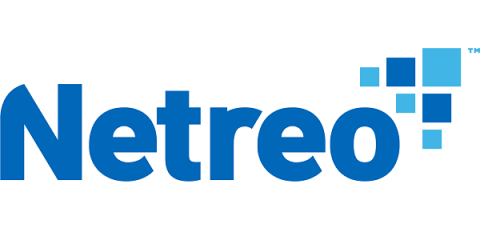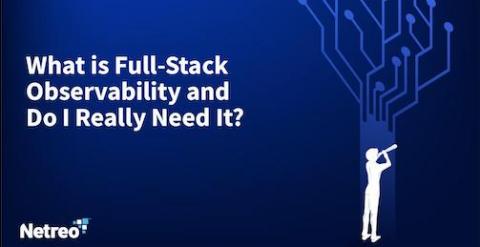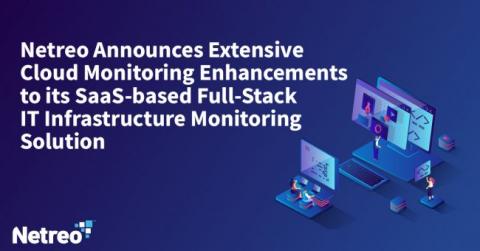What the Heck is an AIOp?
AIOps is one of the current buzzwords (buzz-initialisms?) that is hot in the monitoring space. Everyone seems to be talking about it. How you have to have it, how much better it will make everything if only you just had it, etc. But how much of that is real and how much of that is wishful thinking? Let’s take a look and see if we can separate the buzz from the words.









